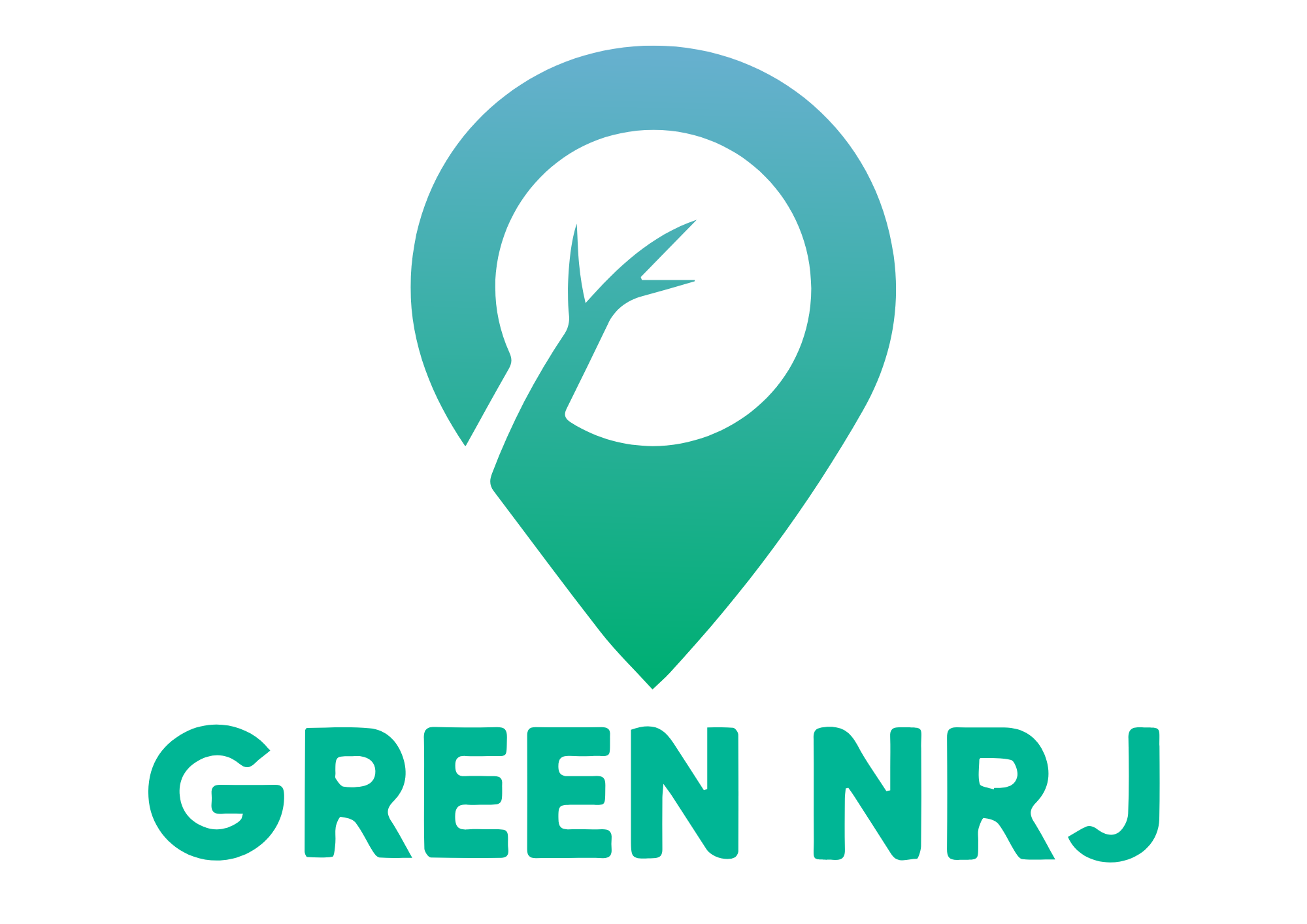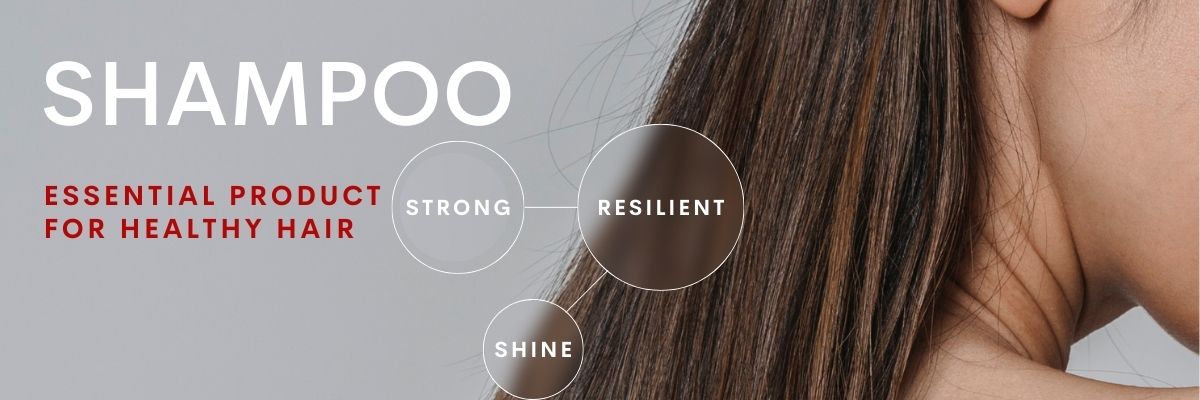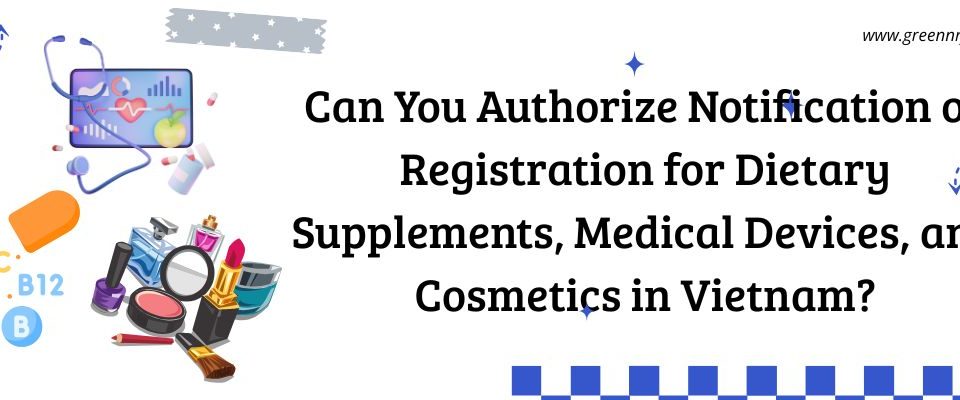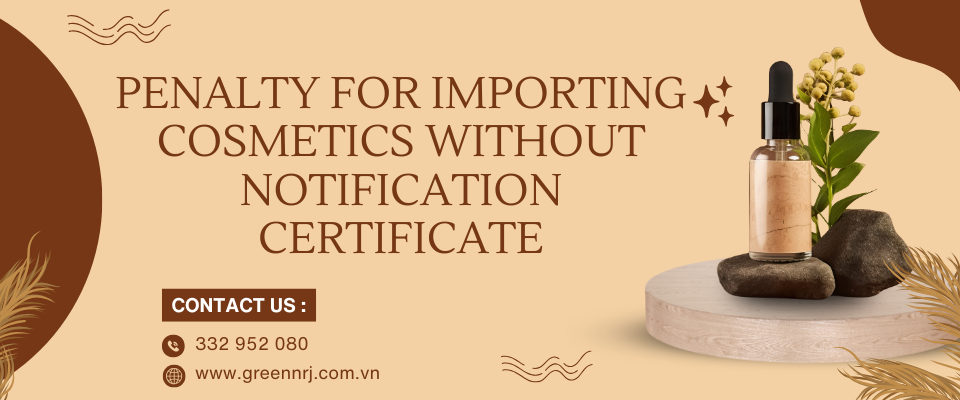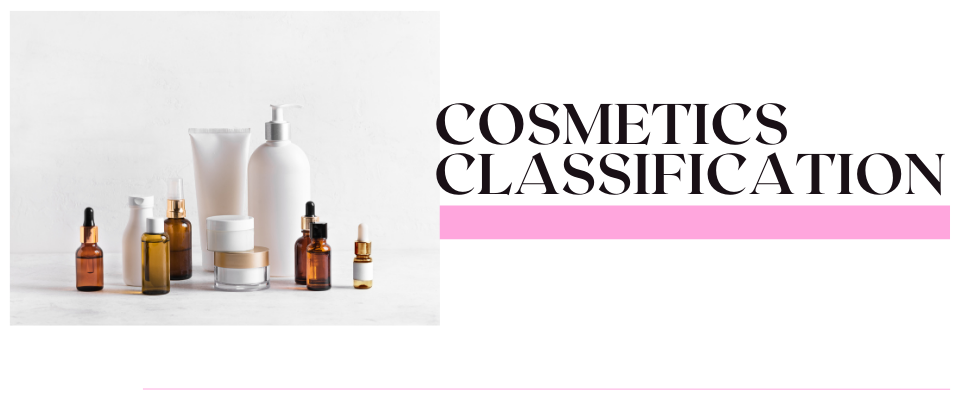- If you have any questions, please contact us!
- +84 965 624 065
- info@greennrj.com.vn

How to Import Perfume into Vietnam in 2025: Procedures, Requirements Proven Guide
May 16, 2025
How to Import Hair Dye into Vietnam (2025): Requirements, Procedures & Success Guide for Foreign Brands
May 20, 2025Importing shampoo into Vietnam in 2025 presents a lucrative opportunity for international shampoo brands, personal care manufacturers, and global distributors. With Vietnam’s rapidly expanding urban middle class, increasing demand for premium hair care products, and the growth of e-commerce, the country is becoming a key destination for imported shampoo.
However, to import shampoo into Vietnam legally and efficiently, businesses must comply with Vietnam’s regulatory framework. This includes obtaining a Cosmetic Product Notification (CPN), determining the correct HS code, fulfilling labeling requirements, paying applicable import duties and taxes, and completing customs clearance procedures.
In this 2025 step-by-step guide, we provide a detailed overview of all legal requirements and procedures for importing shampoo into Vietnam — from product registration to labeling regulations and import tax rates — to help you enter the Vietnamese market smoothly and compliantly.
1. Cosmetic Product Notification (CPN) for Shampoo in Vietnam
Before importing or distributing shampoo products in Vietnam, businesses must complete the Cosmetic Product Notification (CPN) process with the Ministry of Health (MOH). This is a mandatory legal requirement under Vietnamese cosmetic regulations for all imported and domestic cosmetic products, including hair care items like shampoo, conditioner, and scalp treatments.
Why is CPN Required?
The CPN process is essential to ensure that imported shampoos comply with Vietnamese laws regarding:
-
Consumer safety and product quality
-
Proper labeling and language requirements
-
Permitted cosmetic ingredients under the ASEAN Cosmetic Directive
Without a valid CPN number, imported shampoo will be denied customs clearance and cannot be legally distributed or sold in Vietnam.
Legal Basis
The legal framework governing the cosmetic product notification process in Vietnam includes:
- Decree 93/2016/ND-CP: This decree establishes the comprehensive legal framework for managing cosmetic products in Vietnam, including import processes and the mandatory cosmetic notification Vietnam requirements.
-
Circular No. 29/2020/TT-BYT: Details procedures for cosmetic product notification
-
Circular No. 32/2019/TT-BYT: Provides updates on cosmetic product registration and notification
Who Can Apply for CPN?
Only a Vietnamese legal entity is allowed to act as the Cosmetic Notification Holder (CNH) and submit the shampoo notification dossier to the MOH.
Eligible CNH entities include:
-
A Vietnamese distributor or domestic trading company
-
A foreign-invested enterprise (FIE) legally registered to trade in cosmetics
-
A licensed third-party representative, such as a local compliance service provider
Foreign manufacturers or exporters cannot directly apply for a CPN without appointing a local Vietnamese CNH.
CNH Responsibilities
The CNH is fully responsible for regulatory compliance during and after the importation process. Key obligations include:
-
Ensuring shampoo products meet all ASEAN Cosmetic Directive and MOH standards
-
Maintaining full technical documentation, safety assessments, and related records
-
Verifying labeling compliance (e.g. Vietnamese language, correct claims, no banned ingredients)
-
Cooperating with Vietnamese authorities in the event of a market recall, inspection, or complaint
Required Documents for Shampoo CPN
To submit a complete and valid CPN dossier for shampoo in Vietnam, the following documents are required:
| Document | Description |
|---|---|
| Online Notification Form | Submitted via the MOH’s National Cosmetic Notification Portal, following ASEAN guidelines |
| Power of Attorney (POA) | Must be issued by the shampoo brand owner or manufacturer, then notarized, consular legalized, and translated into Vietnamese |
| Certificate of Free Sale (CFS) | Issued by the competent authority in the country of origin, certifying that the shampoo is legally sold in that market |
| Ingredient List | Full list of ingredients using INCI (International Nomenclature of Cosmetic Ingredients) names, with exact percentages or ranges |
| Product Description and Intended Use | Details about the shampoo’s function, usage area (e.g., scalp, hair), form (e.g., liquid, foam), and any special claims (e.g., anti-dandruff, moisturizing) |
| CNH Business License | Copy of the Enterprise Registration Certificate (ERC) of the Vietnamese entity acting as the CNH |
Validity of the CPN Certificate for Shampoo
Once approved, the Cosmetic Product Notification for shampoo in Vietnam is:
-
Valid for 5 years from the date of approval
-
Reusable for multiple shipments of the same product during its validity period
-
Must be re-applied if there are any changes to product name, formula, packaging, or usage
2. HS Code and Import Duties for Shampoo
Accurate classification of shampoo products under the Harmonized System (HS) Code is a crucial step when importing shampoo into Vietnam. The correct HS code not only ensures smooth customs clearance, but also determines the applicable import tax rates, including Value-Added Tax (VAT), Most Favored Nation (MFN) duty, and preferential tariffs under Free Trade Agreements (FTAs).
Suggested HS Code
| HS Code | Description | VAT (%) | MFN Import Duty (%) | Ordinary Import Duty (%) |
|---|---|---|---|---|
| 3305 | Preparations for use on the hair. | |||
| 330510 | – Shampoos: | |||
| 33051010 | – – With antifungal properties | 10% | 15% | 22.5% |
| 33051090 | – – Other types | 10% | 15% | 22.5% |
Note: The HS codes and tax rates provided above are for informational purposes only and may be subject to change. Always verify with the latest official regulations before importing.
Importance of Correct HS Classification
Misclassifying shampoo under an incorrect HS code can lead to:
-
Customs delays
-
Fines or back taxes
-
Incorrect tax calculation
-
Inability to access preferential tariff rates under FTAs
Therefore, it’s strongly recommended to work with an experienced customs broker or import consultant to ensure proper classification.
Preferential Tariff Rates
Vietnam is part of multiple Free Trade Agreements (FTAs) that provide reduced import duty rates for shampoo products, provided a valid Certificate of Origin (C/O) is submitted.
| HS Code | EU Countries | China | South Korea | ASEAN Countries | Japan | USA |
|---|---|---|---|---|---|---|
| 33051010 | 3.7% (EVFTA) | 0% (AfCFTA) or 9% (RCEP) | 0% (AKFTA or VKFTA) or 9% (RCEP) | 0% (ATIGA) or 9% (RCEP) | 0% (AJCEP or VJEPA) or 9.5% (RCEP) | 15% (MFN Import Duty) |
| 33051090 | 5% (EVFTA) | 0% (AfCFTA) or 9% (RCEP) | 0% (AKFTA or VKFTA) or 9% (RCEP) | 0% (ATIGA) or 9% (RCEP) | 0% (AJCEP or VJEPA) or 9.5% (RCEP) | 15% (MFN Import Duty) |
To apply preferential tariff rates, importers must submit a valid Certificate of Origin (C/O Form E, AK, D, EUR.1, etc.) at the time of customs clearance.
Key Notes on Shampoo Import Taxation
-
VAT for shampoo imports in Vietnam is consistently 10%, regardless of origin.
-
MFN rates apply to WTO members without specific FTAs.
-
General duty rates apply to non-FTA and non-WTO countries or in cases of missing documents.
-
FTA rates only apply if documentation is valid and submitted on time.
3. Customs Clearance Procedures for Shampoo
After successfully obtaining the Cosmetic Product Notification (CPN) certificate, companies can legally import shampoo products into Vietnam. However, all imported shampoos must still undergo the strict customs clearance procedures governed by Vietnamese customs authorities.
Documents Required
To ensure a smooth customs clearance process for shampoo imports, prepare and submit the following key documents:
| Document | Purpose |
|---|---|
| Import Declaration (VNACCS/VCIS) | Electronic customs declaration submitted via Vietnam Automated Cargo and Port Consolidated System (VNACCS) or Vietnam Customs Intelligence System (VCIS) |
| Commercial Invoice | Details product description, HS code, quantity, unit price, and total value of shipment |
| Packing List | Provides SKU-level breakdown to match commercial invoice |
| Bill of Lading (B/L) or Airway Bill (AWB) | Proof of shipment issued by the carrier |
| CPN Certificate | Official Cosmetic Product Notification proving shampoo registration with Vietnam MOH |
| Certificate of Origin (C/O) | Required to claim preferential tariff rates under applicable Free Trade Agreements (FTA) |
| Customs Broker Authorization | Required if appointing a licensed customs agent to handle clearance on your behalf |
Estimated Timeline
| Step | Typical Duration |
|---|---|
| E-declaration submission | Same day |
| Document verification & decision | 1 – 2 working days |
| Physical inspection (if any) | Additional 1 working day |
| Final clearance and release | 2 – 3 working days after approval |
Note: Shampoo is generally classified as low-risk goods by Vietnamese customs, but authorities still carefully review:
-
Proper HS code classification
-
Label compliance, including language and content
-
Alcohol content in the formula (if applicable)
4. Labeling Requirements for Imported Shampoo
Vietnam enforces strict labeling regulations for all imported cosmetic products, including shampoo. Compliance with these rules is critical to avoid customs rejection, fines, or product seizure.
Legal Basis for Shampoo Labeling in Vietnam
-
Decree No. 43/2017/NĐ-CP: Governs labeling for all goods circulated in Vietnam
-
Decree No. 111/2021/NĐ-CP: Amends and supplements regulations specific to imported products, including cosmetics
Mandatory Elements:
| Label Element | Description & Requirements |
|---|---|
| Product Name | Commercial shampoo name as marketed to consumers |
| Brand Name | Trademark or brand under which the shampoo is sold |
| Intended Use | Clear usage statement, e.g., Shampoo for external use only |
| Usage Instructions & Warnings | Step-by-step application directions and safety warnings, e.g., “Apply to wet hair, massage gently, rinse thoroughly” |
| Ingredients List | Complete list of ingredients using INCI names, arranged in descending order of concentration |
| Net Volume | Volume or weight of the product, e.g., 250ml, 500ml |
| Manufacturing (MFG) and Expiry (EXP) Dates | Clearly displayed using dd/mm/yyyy or mm/yyyy format |
| Batch Number | Production batch number for quality control and traceability |
| Country of Origin | Indicate origin, e.g., Made in USA |
| Manufacturer and CNH Information | Full name and address of the manufacturer and the Cosmetic Notification Holder (CNH) in Vietnam |
Label Format and Placement Requirements
-
Labels must be applied on retail packaging (not just shipping cartons or outer boxes)
-
Labels can be either printed directly on packaging or affixed as durable stickers resistant to moisture and abrasion
-
Sub-labels or stickers must not cover batch numbers, expiry dates, or QR/barcodes
-
Labels must be legible, clear, and in Vietnamese language to meet MOH regulations
Consequences of Non-Compliance
Failure to meet Vietnam’s shampoo labeling regulations may result in:
-
Customs clearance delays or rejection
-
Administrative fines imposed by customs or market surveillance agencies
-
Seizure or forced removal of shampoo products from the market
-
Damage to brand reputation and business operations
5. Q&A- Import Shampoo into Vietnam
1. Do I need a Cosmetic Product Notification (CPN) to import shampoo into Vietnam?
Yes. All shampoos are classified as cosmetics in Vietnam and require a valid Cosmetic Product Notification (CPN) number issued by the Ministry of Health before customs clearance and sale.
2. What HS code is used for importing shampoo into Vietnam?
The common HS code for shampoo is 330510. Within this code, 33051010 applies to anti-fungal shampoos, and 33051090 applies to other types. HS code accuracy is essential to determine import duty and VAT.
3. How much import tax applies to shampoo?
For most imports:
-
MFN Import Duty: 15%
-
VAT: 10%
Preferential rates under FTAs (e.g., EVFTA, ATIGA) may reduce the duty if a valid Certificate of Origin (C/O) is provided.
4. How long does shampoo customs clearance take?
If documents are complete and correct, customs clearance usually takes 2–3 working days. Delays may occur if HS code or labeling issues arise.
5. Are Vietnamese labels mandatory for imported shampoo?
Yes. Imported shampoo must have Vietnamese-language labeling before sale, including product name, usage instructions, ingredient list, manufacturing/expiry date, and Cosmetic Notification Holder details.
6. Conclusion
Importing shampoo into Vietnam in 2025 requires careful planning, legal registration through CPN, proper HS code classification, customs clearance, and full labeling compliance. Following these steps can help foreign brands tap into Vietnam’s growing demand for hair care products.
Working with a licensed Vietnamese importer or cosmetic consultant is often the most efficient way to ensure compliance and reduce risk.
Need help importing shampoo into Vietnam?
Green NRJ offers end-to-end services, including:
- CPN registration support
- HS code consultation
- Certificate of Origin (C/O) preparation
- Customs clearance assistance
- Label translation and compliance checks
📩 Contact us today to simplify your shampoo importation into Vietnam.
